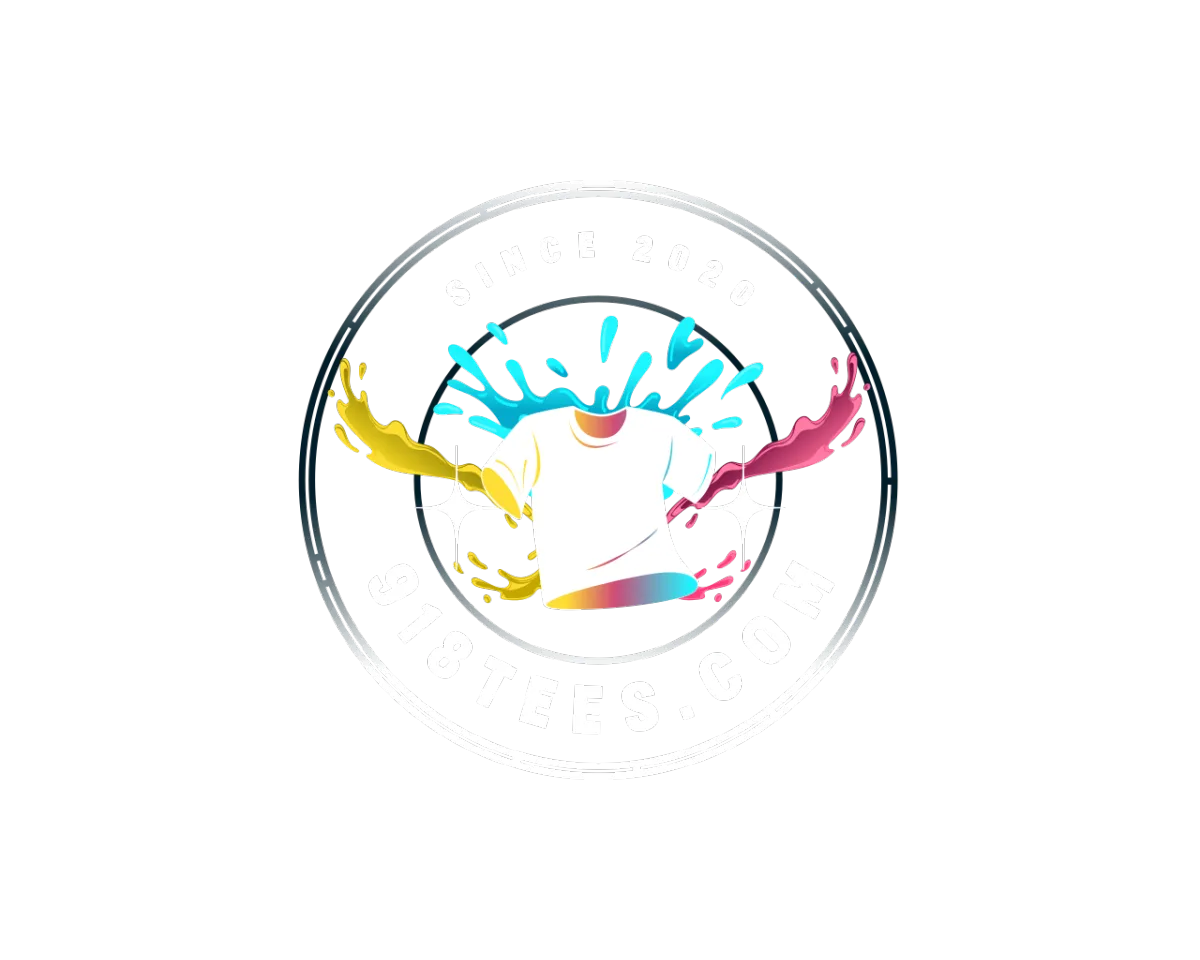Custom Embroidery
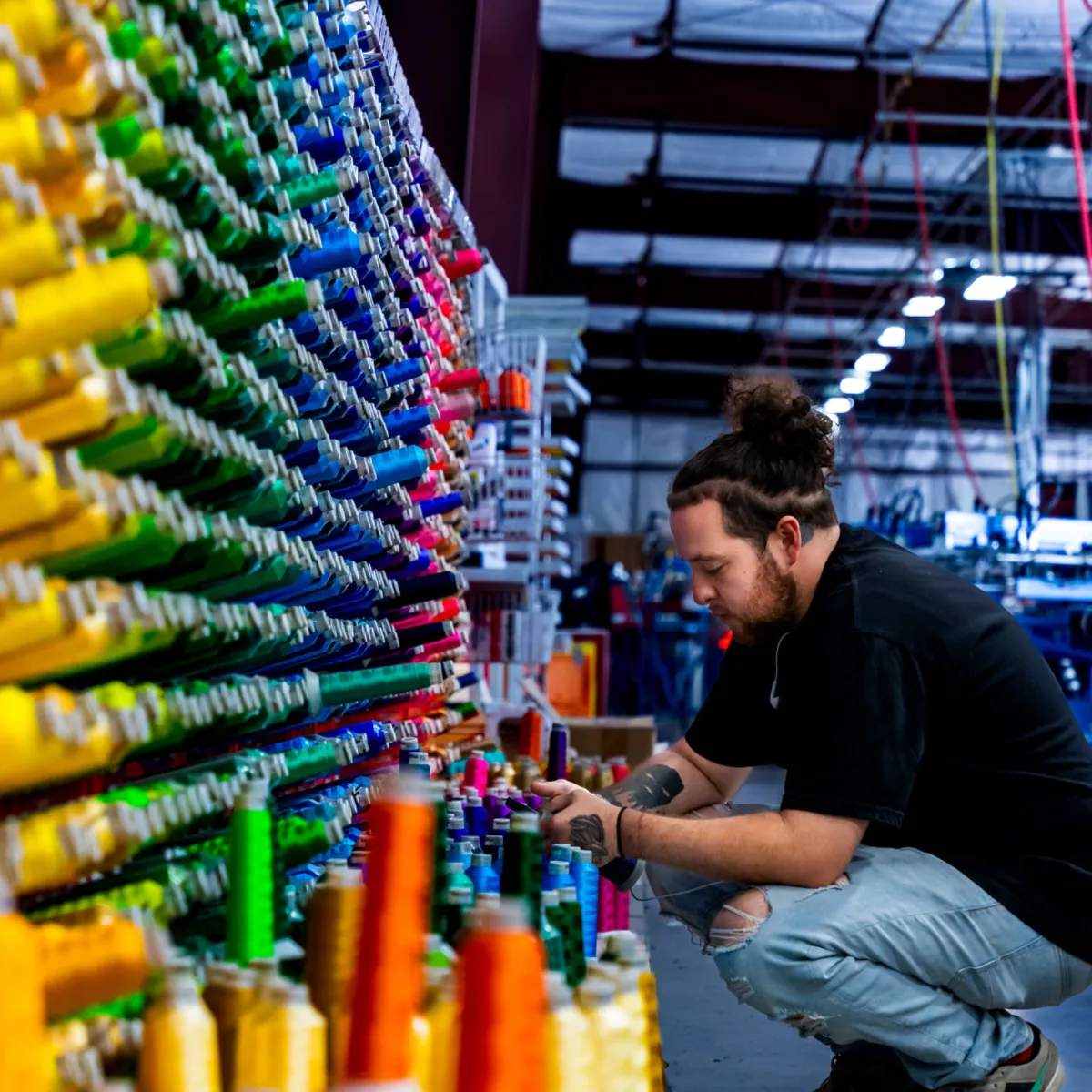
Embroidery

Custom Embroidery
Direct embroidery makes your logo stand out on company polos, custom snapbacks, and more. With hundreds of thread colors and options like metallic or glow finishes, your design will truly pop.
How it works: Your logo is "digitized," turning 2D artwork into stitches. The machine is then loaded with thread colors and programmed to sew your design.
Choose from a variety of embroidered products, including bags, towels, shirts, hoodies, jackets, hats, and patches."
Custom Embroidery Jobs
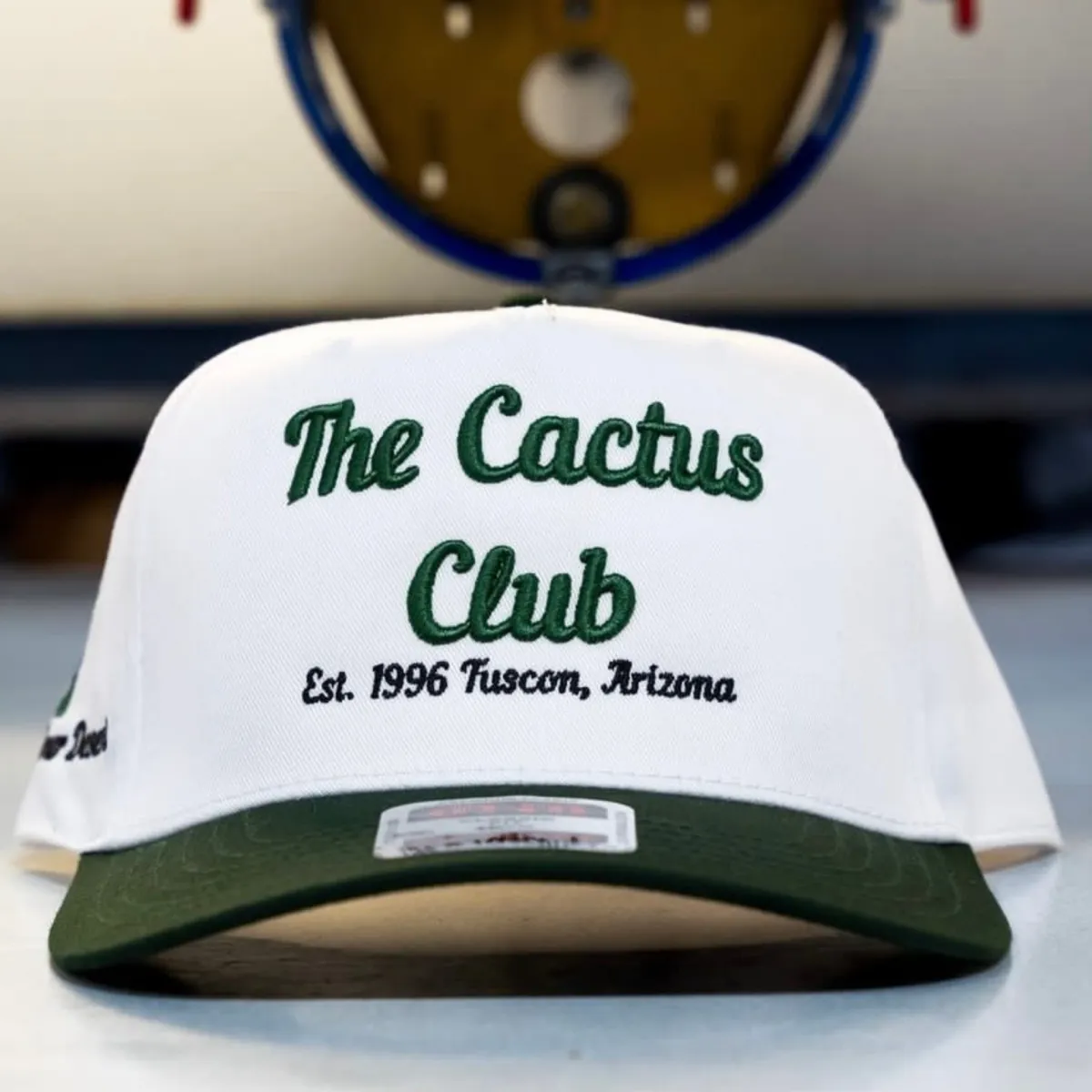
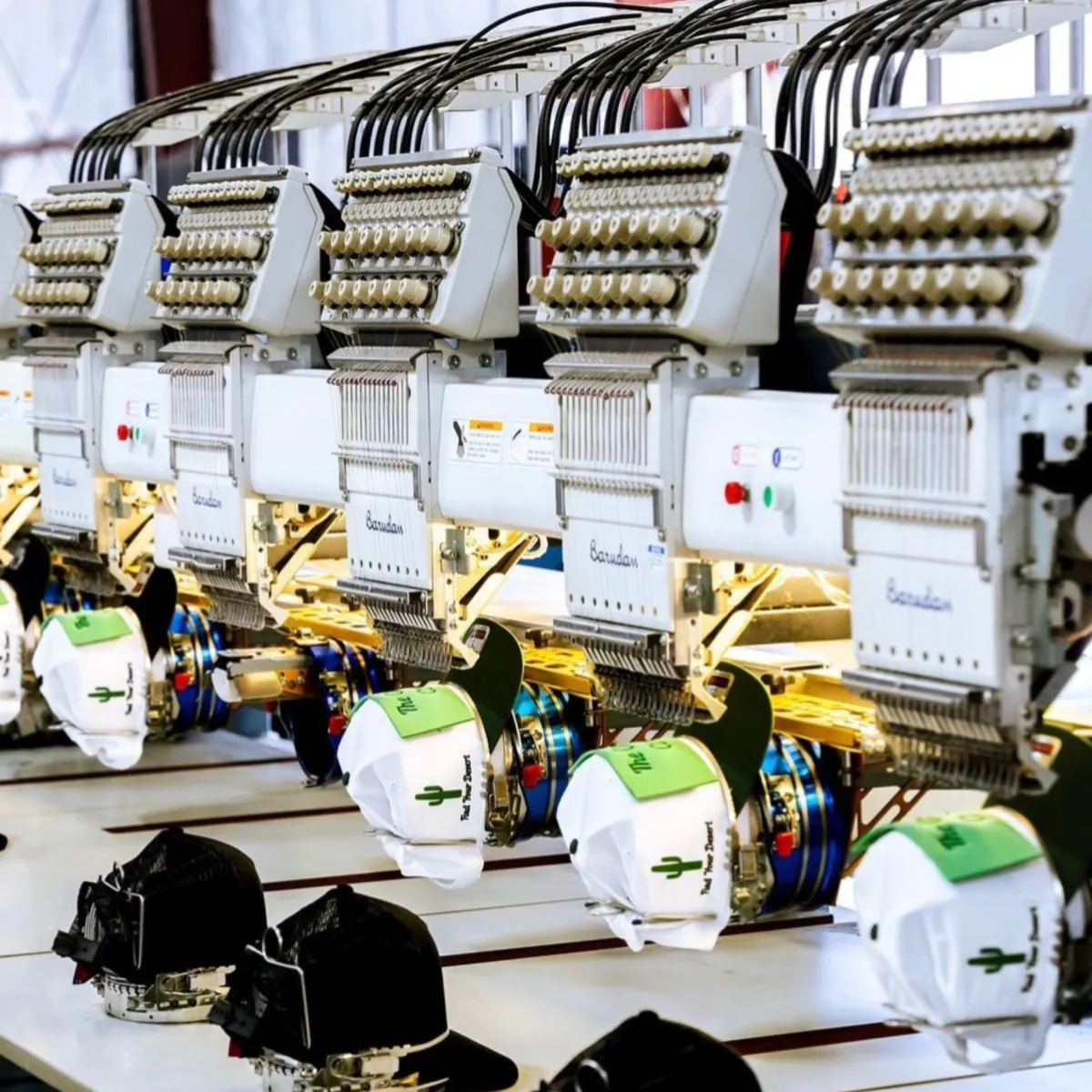

The Custom Embroidery Process
Design Creation and Selection:
The design is essential to custom embroidery, shaping both the visual appeal and impact of the final product. When selecting or creating a design, it’s important to consider factors like complexity, stitch density, and color palette to ensure it works well with the specialty threads you’ve chosen.Full Width
Material and Thread Selection:
The choice of materials and threads greatly affects the appearance and quality of your embroidery. Specialty threads come in various options like cotton, polyester, metallics, and rayon, each offering distinct properties such as shine, texture, and durability. Selecting the appropriate thread is crucial for achieving the desired visual effects and ensuring long-lasting results.
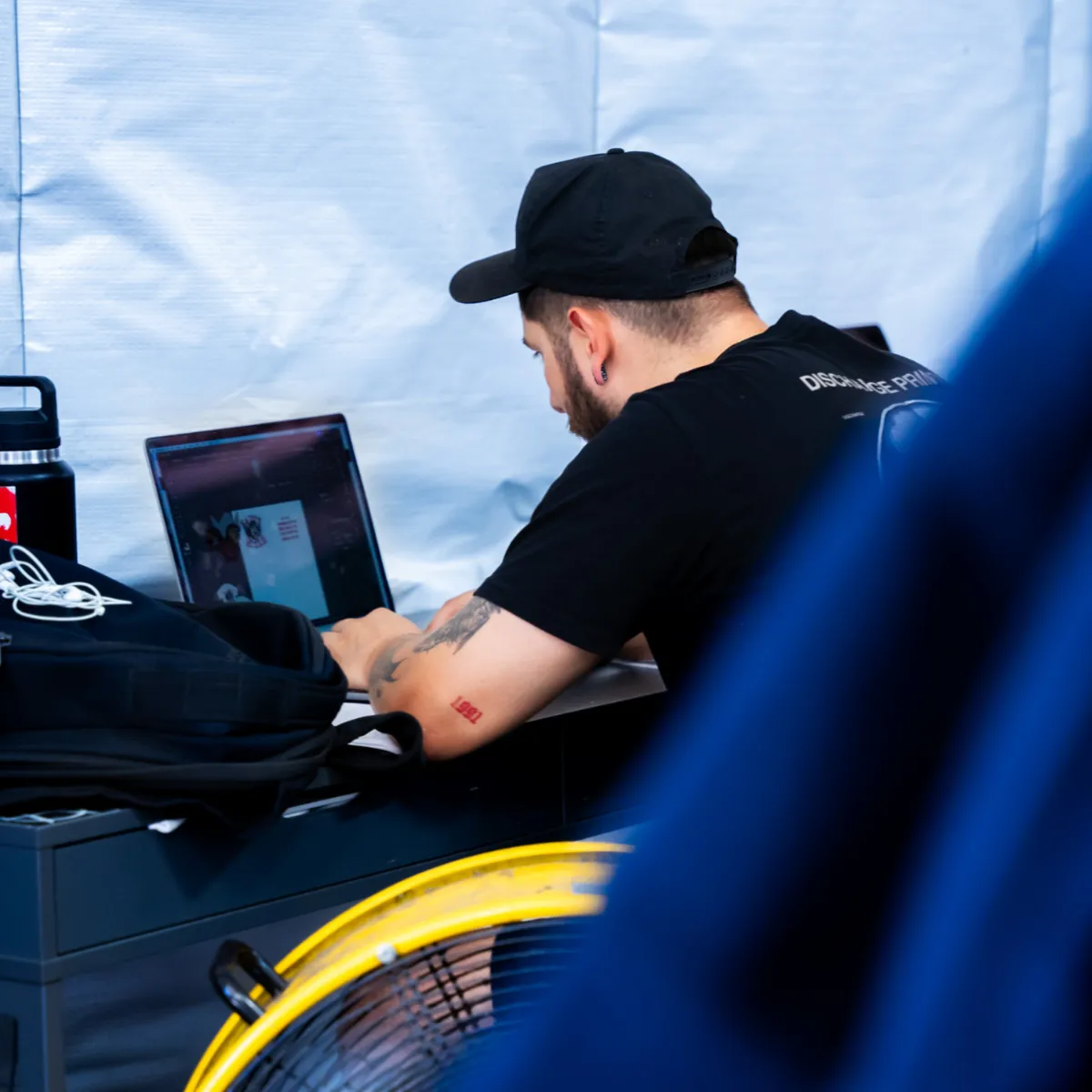
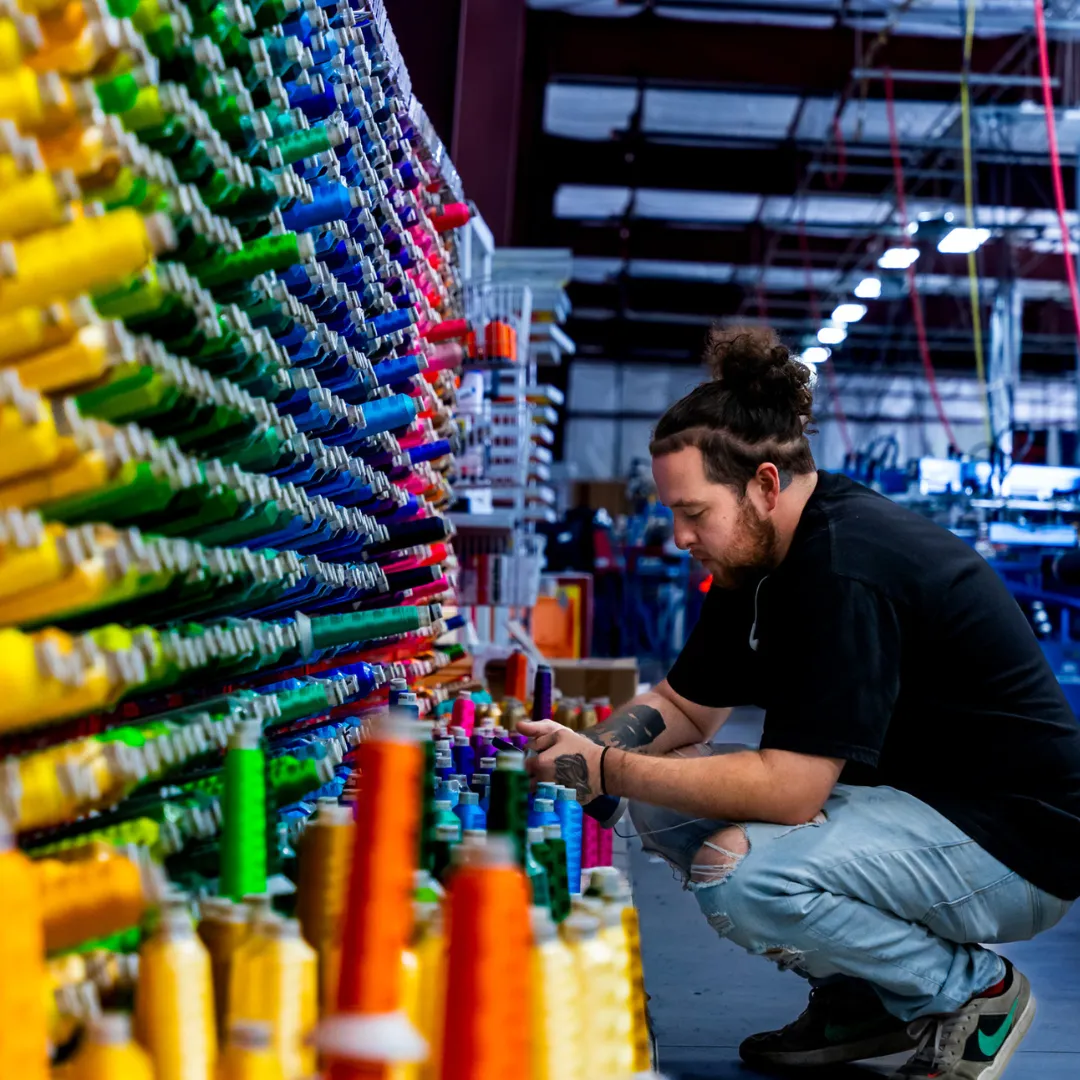
Embroidery Techniques:
Embroidery techniques can be divided into hand embroidery and machine embroidery, each offering distinct advantages. Hand embroidery allows for detailed, artistic designs, while machine embroidery is more efficient and consistent for larger projects. Exploring different techniques enables embroiderers to experiment creatively and choose the best method for their specific project.
Applications of Custom Embroidery
Personal Use:
Custom embroidery offers a unique way to personalize clothing, accessories, and home decor, letting individuals express their personal style and creativity through customized embellishments.
Business and Branding:
For businesses, custom embroidery is an effective tool for enhancing branding efforts. It helps create a professional, lasting impression on uniforms, promotional items, and corporate gifts, reinforcing a brand’s identity.
Artistic Expression:
Embroidery is more than just decoration—it’s a form of artistic expression. From classic designs to modern interpretations, it provides a platform for embroiderers to explore and convey creative stories through diverse techniques and themes.
Equipment for Custom Embroidery:
Key tools for custom embroidery include hoops, needles, scissors, and stabilizers. Beginners can start with simple kits, while experienced embroiderers often use advanced equipment such as embroidery machines and digitizing software to tackle more intricate projects.
